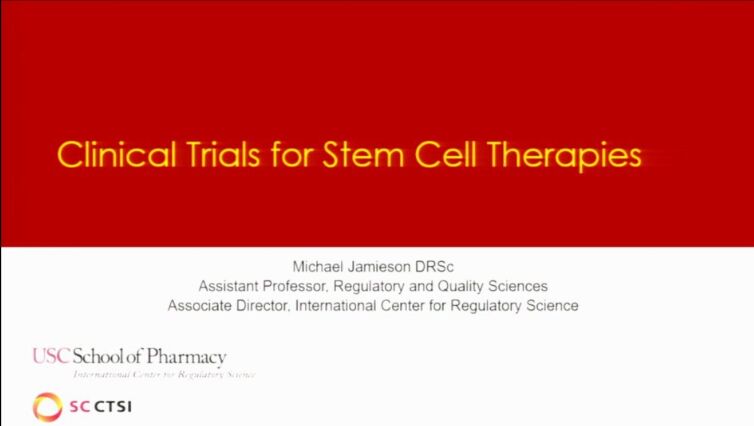A few questions to ask about stem cell therapy:
- Does the FDA have the authority to regulate autologous stem cell treatments?
- Do you have to file an IND for an autologous stem cell study?
Categories of Stem Cells Recognized by the FDA:
- Adult stem cells
- Human embryonic stem cells
- Induced pluripotent stem cells
FDA Regulations:
- Stem cells that are highly processed, used for other than normal function, combined with non-tissue components, or are used for metabolic purpose will be regulated as biologics
- As currently envisioned, most, if not all, stem-cell-based therapies will be considered to be biologic products
- The manufacturer of a biologic product must demonstrate that it is safe, pure and potent
- The investigation of using any stem-cell-based biologic product in human must be filed with the FDA
- To license a biologic product, an application for a biologic licence must be approved by the FDA
The Definition of Processing:
- An activity performed on an HCT/P, other than recovery, donor screening, donor testing, storage, labelling, packaging or distribution
- 21 CFR 1271.3(ff)
- Generally includes cutting, grinding, shaping, culturing, enzymatic digestion, and de-cellularization
The Definition of Minimal Manipulation:
- For structural tissue, minimal manipulation means that the processing of the HCT/P does not alter the original relevant characteristics of the tissue relating to the tissue’s utility for reconstruction, repair or replacement
- For cells or non-structural tissues, minimal manipulation means that the process of the HCT/P does not alter the relevant biological characteristics of cells or tissues
- Minimally manipulated criteria
Current Good Tissue Practice (cGTP):
- To prevent the introduction, transmission or spread of communicable diseases by HCT/P
- Risk of contamination
Donor Eligibility:
- Donor screening requirements
Managing Adverse Events During a Stem Cell Clinical Study:
- Mandatory reporting under Medwatch
- 21 CFR Part 1271
- The “CAR-T Cell Effect” - FDA press release (August 30, 2017)
Combination Product:
- A product comprised of two or more regulated components
- Two or more separate products packaged together in a single package or as a unit and comprised of drug and device products, devices and biological products or biological and drug products
- A drug, device, or biological product packaged separately that according to its investigational plan or proposed labelling is intended for use only with an approved individually specified drug, device or biological product where both are required to achieve the intended use, indication, or effect and where upon approval of the proposed product the labelling of the approved product would need to be changed
- Any investigational drug, device or biological product packaged separately that is for use only with another individually specified investigational drug, device, or biological product where both are required to achieve the intended use, indication or effect

